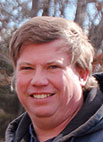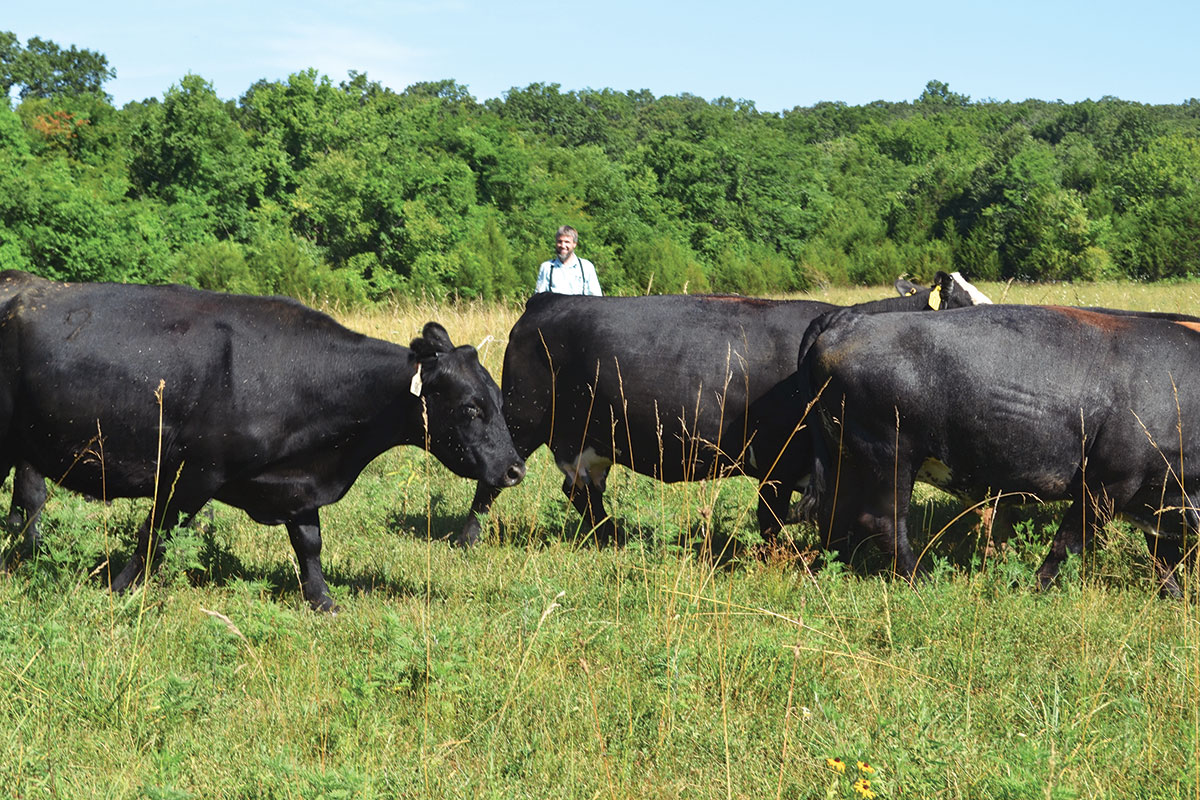 Education, grazing systems and records are important tools on Reisner Ranch in Rolla, Mo., owned and operated by Craig and Susan Reisner and their two children Renee and Keith.
Education, grazing systems and records are important tools on Reisner Ranch in Rolla, Mo., owned and operated by Craig and Susan Reisner and their two children Renee and Keith.
“Our operation became an educational tool as we began educating our customers on the meat they were purchasing. I had to become educated myself because I was answering questions from my customers,” said Craig.
Craig and Susan both grew up in St. Louis, Mo., where most of their customer base is today. When they got the opportunity to relocate to Rolla for Craig’s job the couple was excited to get out of the city.
The couple started out by raising Paint/Quarter Horse cross horses and began building up a mare herd until the market headed south. So, they bought a couple steers.
“We wanted lean meat but yet wanted to have some marbling by feeding grain,” said Craig.
The Reisners started buying steers at weaning and feeding them out to a target weight of 1,100 pounds. The steers are butchered at 15-18 months old at Forrest Meat Processing in Norwood, Mo. “I found that 1,100 pounds is a good live weight that still keeps the product affordable for our customers,” said Craig.
In the beginning the Reisner sold their meat at the farmers market in St. Louis but has since focused on selling directly from the farm through their website, Facebook and word-of-mouth.
“When we first started out we would spend 8 hours delivering beef. Everything kind of evolved to where we can sell by the cut,” added Craig.
As the economic collapse hit the Reisners saw that their customers didn’t have the money to buy hanging weight at $3 a pound so they started tailoring their operation. “We are still raising and selling beef but now we have a cow/calf operation so we can raise our own steers instead of buying them at weaning,” reasoned Craig.
“We are heading towards a heifer development program. We will raise our heifers by the Show-Me-Select standards. If the heifers don’t meet the standards then they can go to the butcher side of our operation,” continued Craig.
In order to expand the Reisners have purchased additional land and have utilized a rotational grazing system. “We attended grazing school in 2004 to qualify for EQIP. We designed our grazing system based on our original 92 acres. It’s a learning experience. No one system works for every farm,” said Craig.
Craig continued, “That summer we ran 2,100 feet of water lines and installed three waterers and three hydrants. The frost-free hydrants are unique to our system. This allows me to use paddocks side-by-side and have two different water sources. The hydrants have made it handy for running hose to stock tanks.
“Currently, we have seven paddocks that are in full use and are completely fenced off. On the new farm we will have six or seven paddocks. We are working with the NRCS to determine how to layout the grazing system and what to plant and how to manage for livestock and wildlife,” explained Craig.
The Reisners move their cattle every 5-10 days as needed giving each pasture a 30-day break. They also have two warm-season pastures of Indiangrass and Switchgrass for summer grazing. After rotating Craig will drag each pasture.
When it comes to finishing out the steers the Reisners work with MFA to create a custom mix that is all natural with no hormones or steroids. They feed a 12-14 percent protein mix for 90 days.
One final detail of the Reisner Ranch is keeping efficient records. Craig records birth weight, weaning weight, finish weight, carcass weight, grain consumption and grain to weight conversion ratio. “We want our cut out percentage to be 60 percent or better. Anything under doesn’t meet our standards. By keeping efficient records I am able to look back and see how well I did finishing each animal,” concluded Craig.







